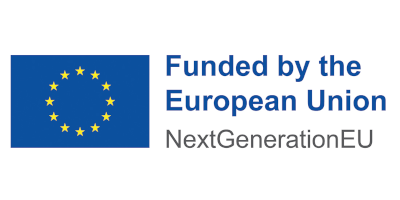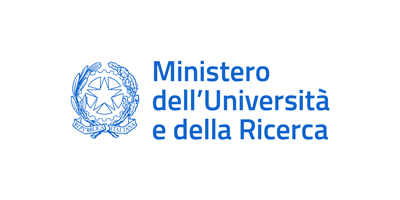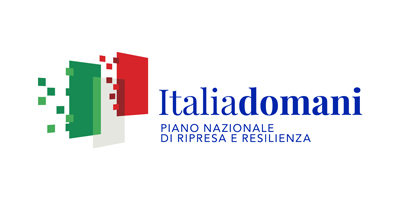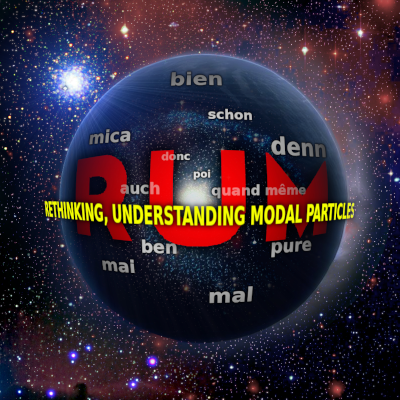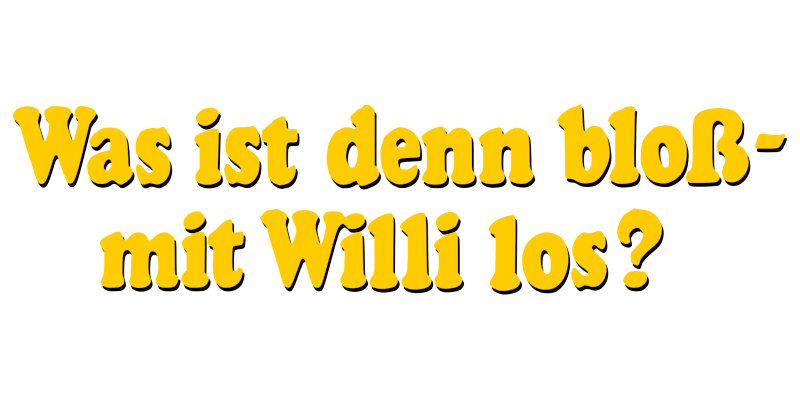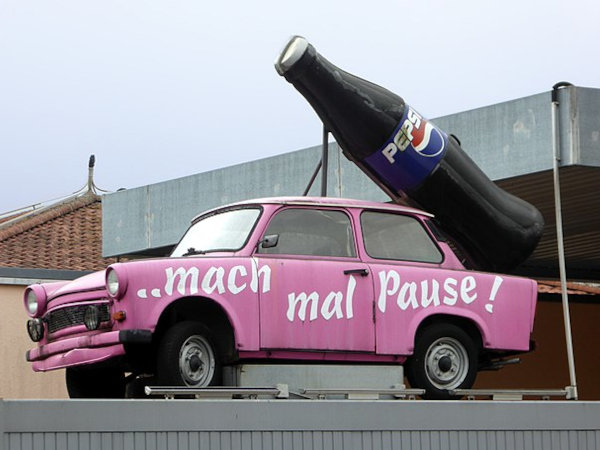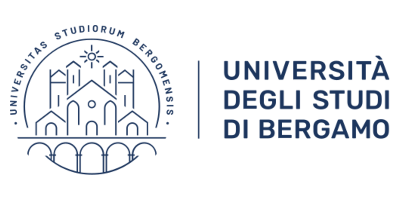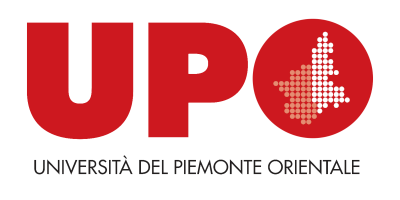RUM
Rethinking, Understanding Modal particles
Project
What are modal particles?
Modal particles (MPs) are small words expressing the speaker’s attitude towards the proposition in a similar fashion to epistemic usages of modal verbs and speaker's oriented adverbs (such as "unfortunately", "frankly", high adverbs in Cinque 1999).
Modal particles (MPs) have been at the top of the agenda in German linguistic research for more than five decades. With MPs (also: Abtönungspartikeln) we refer to special usages of words such as “auch”, “bloß”, “denn”, “doch”, “eben”, “ja”, “mal”, “schon”, in which the words
- are used with a presuppositional (thus the label modal) content like in:
- Es wird schon gut gehen (‘It will be okay’)
- Das ist ja Klasse (‘That’s great indeed’)
- and are unstressed and subject to the syntactic restrictions of clitic/weak elements (Cardinaletti/Starke 1999; thus the label particle).
MPs have long been considered to be a typical German phenomenon (Müller 2014) and the identification of this class of elements has mostly been confined to German linguistics. Comparative work is scarce and has mostly focused on written data (Waltereit 2001, Masi 1996, Katelhön 2008, Schoonjans 2021), or on elicited data from a single variety and on single potential MPs (Coniglio 2009, Cardinaletti 2011; Soffritti 2008 on "mica"). Whereas recent work by Schoonjans (2018) on German MPs as multimodal constructions has opened a new very promising line of research on the interaction between MPs, gestures, and prosody in face-to-face communication, no such work exists for Italian. The scarcity of comparative work in the area of MPs is reflected by the fact that, despite their centrality in the language, MPs have received only a partial treatment in most materials for the teaching of German as a foreign language (Pittner 2010, Thurmair 2021).
What will we do?
The Rethinking, Understanding Modal particles project aims at filling in these gaps, i.e.
- the absence of comprehensive German/Italian comparative investigations;
- the still poorly understood relationship between MPs, prosody, gestures in German and Italian and
- the absence of effective learning materials for the study of MPs.
In order to fill in these gaps, the project will first create two multimodal corpora of German and Italian MPs in which the occurrences of MPs are extracted from audio and video data and tagged with the following information:
- syntactic context,
- lexico-semantic aspects,
- type of communicative activity,
- multimodal,
- prosodic aspects.
The collected data will be organized in dictionary entries in order to arrive at a comprehensive and fine-grained multimodal description of German and Italian MPs. The project will then investigate the relationship between MPs, prosody and gestures through comprehension and production psycholinguistic experiments using the facilities at BemboLab [ITA] in Venice. The experiments will manipulate MP presence and prosody/gestures, specifically: the presence of an MP in the absence of prosody/gesture, prosody/gesture without the MP, and prosody/gesture with MP, in order to try to establish their role in determining the proposition's meaning. Finally, based on the collected data, the project will propose innovative didactic materials for the learning of MPs aiming at integrating the results of descriptive linguistics with those of the interactional analysis, in order to bridge the gap between the theory and the classroom.
Objective 1
Systematic comparison between German MPs and Italian MPs/functional equivalents of MPs from a wide empirical perspective including multimodality and psycholinguistic experiments.
This objective will be reached through the following three subobjectives.
Subobjective A
Creation of a multimodal corpus of occurrences of German MPs in speech data in which both audio and video data are analyzed. For this objective videos will be extracted from available corpora (such as FOLK) and will be selected from political speeches and political talk shows available on websites of the German TV channels (Mediatheken) and analyzed by the project team.
Subobjective B
Creation of a multimodal corpus of Italian MPs. We will investigate a series of Italian elements like “mica”, “poi”, “mai”, “pur”, “pure”, “ben”, “sì” which exhibit a variety of non-canonical usages (traditionally defined as “emphatic elements”, see Visconti 2009 and Thaler 2016 on It. mica and have been claimed to exhibit the properties of MP, cf. Cardinaletti 2011, Coniglio 2009, Cognola/Moroni 2022, in press) and will investigate their distribution in spontaneous-speech. We will create a multimodal Italian corpus fully comparable with the German one. This will include audio and video material of spoken data, and data from political discourse retrieved from TV talk shows and political speeches.
Subobjective C
Widening the multimodal characterization of German and Italian MPs by conducting selected theory-driven psycholinguistic experiments on German and on Italian. These comprehension and production experiments are aimed at systematically investigating the representation and processing of MPs, clause types, prosody and gesture and how each element contributes to meaning and interpretation. More specifically, through the experiments we will investigate some issues which are taken for granted in classic works on the topics, but which are far from being clear because they can only be investigated through experimental techniques able to manipulate and keep separate the different linguistic levels. One of these issues is the relationship between MPs and prosody. It is taken for granted that MPs express meanings (Abtönung, ‘mitigation’) which can also be expressed by prosody (Waltereit 2006:129-150, Katelhön 2008:226), i.e. the presence of MPs highlights a sentence's interpretation which could also be conveyed by prosody. According to our knowledge there do not exist specific investigations on the relationship between MPs and prosody for German or Italian MPs, which can only be investigated from an experimental perspective through experiments accurately designed to investigate the different linguistic levels involved.
Objective 2
The research units will organize the data collected for each German MP and Italian MP/functional equivalents of MPs in the format of dictionary entries (as in Métrich/Faucher 2009) and will indicate for each MP its semantic meaning;
- its grammatical description,
- its pragmatic description,
- its functional equivalents/possible translations,
- the multimodal features associated with it.
Based on these results, single comprehensive dictionary entries for each MP including the results of each unit will be written and organized in a single searchable Database, which will constitute one first output of the project.
Objective 3
Creation of novel materials for students for the learning of MPs in the German-as-a-foreign-language (Deutsch als Fremdsprache, henceforth: DaF) classroom. MPs will be introduced starting from the A1-level (basic) to C1-level (proficiency) of the Common European Framework of Reference for Languages (CEFR), consistently with the idea that MPs play a fundamental communicative role and should be introduced in DaF as early as possible.
Events
2025
2024
Research units
Ca' Foscari University of Venice
The unit is led by Federica Cognola who is also PI of the project.
The research group is composed by:
- Roland Hinterhölzl, member
- Alessandra Giorgi, member
- Nicola Munaro, member
- Giovanni Palilla, PostDoc researcher hired for the project
- Erika Petrocchi, PostDoc researcher hired for the project
Beside coordinating the project, the Venice unit will work primarly on Objective 1 (Subobjectives B and C), i.e. on the creation of a multimodal corpus of occurrences of German and Italian MPs in speech data in which both audio and video data are analyzed and will create a multimodal Italian corpus including audio and video material of spoken data, and data from political discourse retrieved from TV talk shows and political speeches. Moreover, the Venice unit will widen the multimodal characterization of German and Italian MPs by conducting selected theory-driven psycholinguistic experiments on German and on Italian using the facilities of the BemboLab [ITA]. Finally, the Venice Unit will collaborate with other units on Objectives 2 and 3.
University of Bergamo
The unit is led by Gabriella Carobbio also CO-PI of the project.
The research group is composed by:
- Dorothee Heller, member
- Manuela Caterina Moroni, member
- Paula Rebecca Schreiber [ORCiD], PostDoc researcher hired for the project
The Bergamo unit will work primarly on Objective 1 (Subobjective A), i.e. on the creation of a multimodal corpus of occurrences of German and Italian MPs in speech data in which both audio and video data are analyzed and will create a multimodal German corpus including audio and video material of spoken data, and data from political discourse retrieved from TV talk shows and political speeches. Moreover, the Bergamo Unit will collaborate with other units on Objectivs 2 and 3.
University of Piemonte Orientale
The unit is led by Miriam Ravetto [ITA].
The research group is composed by:
- Chiara Cernicchiaro [ITA], PostDoc researcher hired for the project
The Vercelli unit will mostly work on Objective 3, i.e. the creation of novel materials for students for the learning of MPs in the German-as-a-foreign-language (Deutsch als Fremdsprache, henceforth: DaF) classroom.
University of Messina
The unit is led by Alessandro Capone [ITA].
The Messina unit will work on Objective 1 (Subobjectives B and C) in collaboration with the Venince unit.

